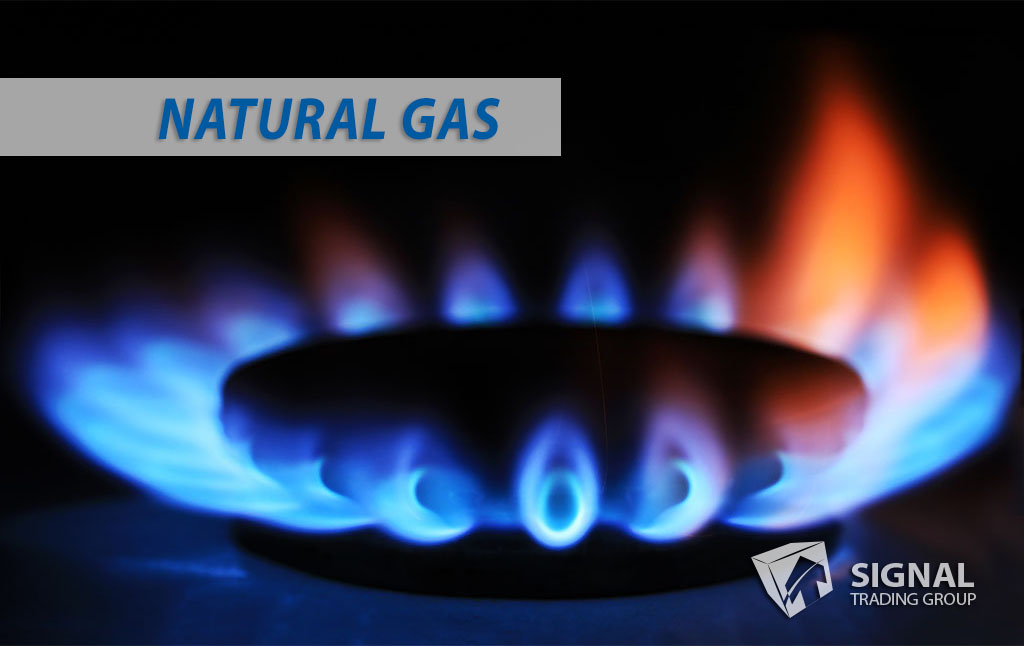An Overview of Natural Gas Pipelines
The natural gas industry relies on complex pipelines that serve as lifelines, connecting production wells to homes and businesses worldwide. In this post, we will explore the three major types of natural gas pipelines that ensure this valuable resource’s safe and efficient transfer: gathering lines, transmission lines, and distribution lines. We will also dive into the processes of gathering natural gas and the removal of impurities. Finally, we will discuss the environmental impact of pipeline construction and maintenance and the ongoing initiatives for improvement.
Gathering Lines: The Beginning of the Journey
Natural gas begins its odyssey at production wells. From here, it travels through smaller pipelines known as gathering lines. These pipelines typically range from 6 to 12 inches in diameter and are constructed of high-quality steel or plastic to safely transport the gas from the wellheads.
During the initial transportation phase, natural gas often contains impurities — such as water, carbon dioxide, and other gases — that must be removed. These impurities are separated through specialized systems such as dehydration and sweetening. Once purified, the natural gas continues its journey toward transmission lines.
Transmission Lines: The Long Haul
Transmission lines serve as the backbone of the natural gas pipeline network. These large pipelines transport natural gas from production sites to distribution centers, spanning thousands of miles across the country. Their diameter ranges from 20 to 42 inches, depending on usage and the volume of gas that must be transported. Generally, they are made of high-quality steel or advanced composite materials to ensure durability and prevent leaks.
Transmission lines face numerous geographic and environmental conditions as an integral part of the gas delivery process. Therefore, these pipelines are designed to withstand various external factors, from harsh winters to scorching desert heat. Moreover, regular inspections, maintenance, and monitoring systems detect and address potential issues in real time.
Distribution Lines: Bringing It Home
The journey of natural gas culminates at distribution lines, the final delivery mechanism that connects homes and businesses to the energy they require. These pipelines are typically smaller, ranging from 2 to 24 inches in diameter, and are primarily made of steel or plastic.
From the transmission lines, natural gas is fed into city gate stations, where it is pressure-regulated and odorized with a distinctive smell (similar to rotten eggs) for safety reasons. Next, the gas is distributed through various pipeline networks and eventually reaches residential, commercial, and industrial consumers.
Pipeline Impact and Continuous Improvement
The natural gas pipeline industry knows its operations have environmental and safety implications. As a result, ongoing research helps define best practices in pipeline construction, maintenance, and operation.
Companies are now focusing on minimizing land disturbance and reducing the risk of spills or leaks. Additionally, they are investing in cutting-edge technology and materials to ensure the highest safety standards. These advancements and strict regulatory requirements make the natural gas industry increasingly reliable and sustainable.
Wrapping Up
Natural gas pipelines are the lifeblood of our energy infrastructure. They seamlessly connect production wells to consumers through a complex network comprising gathering, transmission, and distribution lines. Despite the challenges and environmental considerations, continuous efforts to improve pipeline design and maintenance demonstrate the industry’s dedication to providing the safest and most sustainable energy delivery system possible.





